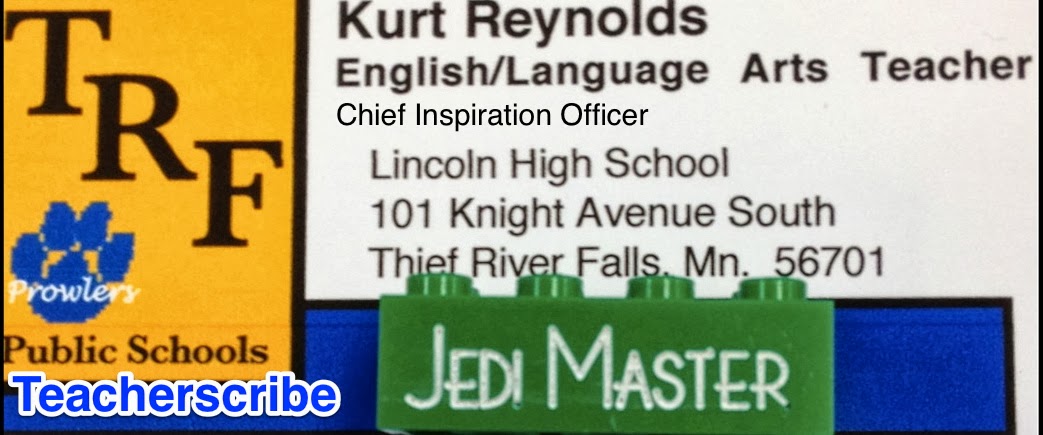So I sat down with our superintendent, several administrators, principals, and fellow teachers as well as experts in the legislation from our local North West Service Coop, to begin hammering out a plan.
It won't be easy.
I can't imagine how small schools will be able to develop and implement their own evaluation systems. And God help them if they get stuck with the state evaluation system.
Here is a quick overview of what I learned from the meeting -
* The evaluation has to be "designed to improve student learning and success."
* For tenured teachers there will be a three-year professional review cycle (which we currently have at each building. Though it doesn't look the same at each building and one can argue about the effectiveness of this professional review cycle).
* There must be at least one summative evaluation over the course of those three years.
* Include peer coaching/review and/or has teachers participate in a professional learning committee (which we kind of do already at the high school).
* Include an option for a teacher to present a portfolio of evidence for the summative evaluation that illustrates reflection, professional growth, and self-assessment based on student and teacher work samples.
Whew. That's a lot of work. And that's just scratching the surface.
The overall summative rating will look like this (I think of it in terms of three levels or 'tiers')
Tier #1
Evidence of Teacher Practice has four components (planning, instruction, environment, and professionalism)
There are three areas where this can be illustrated
1. Points of contact (evidence is gathered by a summative evaluator through classroom observations and other activities."
2. Self-Assessment and Peer Review (evidence gathered from reflection on practice, growth, and peer review and coaching).
3. Teacher Portfolio (evidence such as videos of practice, student work, and examples of teacher work provided by the teacher).
Tier #2 (the first two factors are added to give the teacher a component rating)
Performance Standards for Teacher Practice PLUS Evidence of Teacher Practice (namely the first tier) EQUALS a Component Rating (who or what determines that isn't totally clear.)
Tier #3 (these are the combined factors that will result in the final summative performance rating)
Teacher Practice Component rating (basically all of Tier #2) that can be up to 45%
PLUS
Student Engagement Component Rating that can add up to 20%
PLUS
Student Learning and Achievement Component Rating (basically high stakes testing) that equals 35%.
Equals
Final Summative Performance Rating.
What this will look like is beyond me!
There are several things I like about this - holding teachers accountable. Installing PLC meetings (Mr. Zutz said our department meetings will actually fit this. The only caveat here is that the PLC's have to be research driven and focus on how our practice impacts students. I can't wait to start talking about that).
But there are things I worry about - it's not like we as teachers don't already have full plates. Now we add more to that!
Then again, this all could be much ado about nothing since the state can pull the plug on this legislation at any moment. They have already pushed implementation back one year. It's hard for me to see this being pulled off when there really isn't any extra funding put into it either.

No comments:
Post a Comment